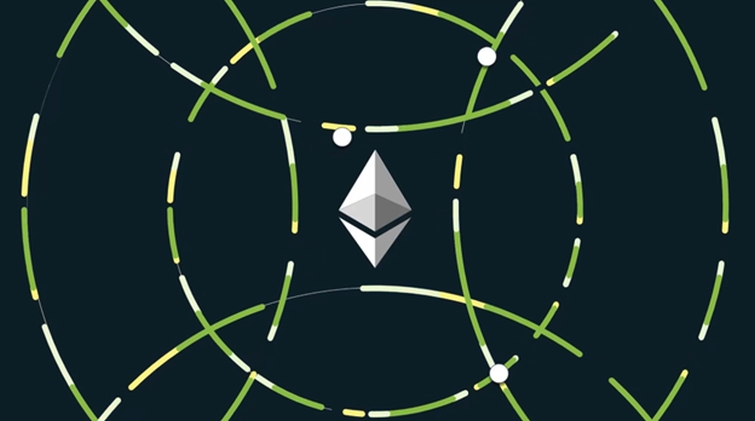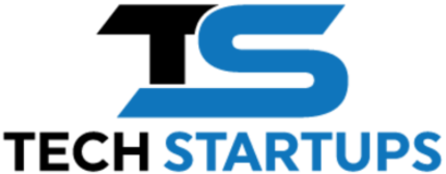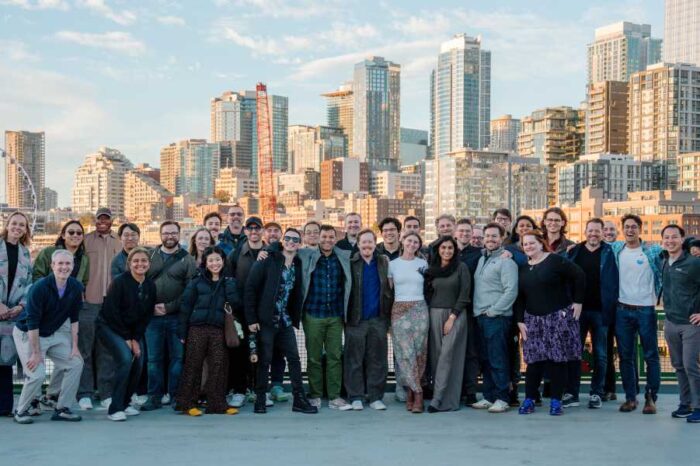ZKsync’s Atlas Positions Decentralized Exchange Grvt As The Nerve Center Of Institutional DeFi

Privacy-focused decentralized exchange platform Grvt says it has a plan to leverage ZKsync’s Atlas upgrade and position itself as the new “market layer” for Ethereum’s capital flows. In doing so, it aims to connect users to liquidity across Ethereum’s Layer-2 ecosystem and enable seamless trading for every network while minimizing the risks associated with blockchain’s transparency.
Grvt is a perpetual DEX platform that integrates zero-knowledge proofs to enhance trading privacy, validating transactions without publishing the details in the open. It’s targeting large-volume traders who don’t want to expose their order sizes, entry points, and liquidation levels and invite manipulation. The company recently completed a $19 million funding round co-led by ZKsync and Further Ventures, among others, to accelerate its private trading vision.
In a recent post on X, Grvt co-founder and CEO Hong Yea said Atlas will support two revolutionary new capabilities on his DEX platform, including a cross-asset margin system with real-time capital efficiency. The Atlas update supports sub-second finality for L2-to-L2 transactions and rapid settlement on the Ethereum Layer-1 in 15 minutes or less. This means previously unproductive capital that lives on the Ethereum network can be used as collateral on Grvt, because there will be no more delays when a position is updated or liquidated, Yea explained.
“This creates a synchronized liquidity network across Ethereum, Grvt, and other ZK Stack chains,” he wrote. As the first DEX to support this capability, Grvt is poised to differentiate itself as the “high-performance derivatives layer” for Ethereum, unifying liquidity while inheriting the network’s security.
In addition, Atlas will also enable Grvt to integrate institutional assets directly into DeFi trading and margin systems without the delays that are commonplace when bridged in the traditional way. Yea broke down how this will work, saying Grvt will expose a frontend through which users can buy tokenized real-world assets directly on their native chain or Ethereum and use Atlas to instantly onboard them to its exchange. Those assets can then be verified on Grvt using zk-proofs, making it possible to leverage them instantly as margin. Users will also have the option of moving those assets directly onto Grvt with finality confirmed in about one second, he said.
In other words, it means traders will be able to buy, sell and collateralize RWAs from Ethereum or any L2 as if they all lived on one network, with Grvt acting as a real-time execution layer.
Real-Time L2 Interoperability
When ZKsync announced Atlas last week, crypto commentators were quick to realize the significance. It dramatically transforms how Ethereum handles transactions and links to L2 networks, enabling it to process a blazing-fast 15,000 transactions per second with one-second confirmation times and minimal fees.
It’s a game-changer for L2s, which have always been forced to maintain their own liquidity pools, causing significant fragmentation in the Ethereum ecosystem. With Atlas, L2s can now access liquidity on Ethereum directly, meaning separate capital hubs are no longer mandatory. Liquidity simply flows in and out of every chain as required.
The most obvious impact of this is faster, more reliable transaction settlements with higher throughput than before, making blockchain and DeFi more useful for institutions. There are no better advocates in the Ethereum world than Vitalik Buterin, and he was one of the first to praise Atlas. In a post on X, he said the upgrade doesn’t just boost performance, but sets up Ethereum to become a global financial settlement layer for institutional capital, connecting and moving liquidity across the entire DeFi ecosystem.
Vitalik wasn’t the only one to share his excitement. Delphi Ventures founding partner Tommy Shaughnessy said that by cutting DeFi’s bridge drag, Atlas opens the door to reduced funding and spread volatility. “Grvt is the flagship exchange on zkSync and will benefit enormously from the upgrade,” he said.
ZKsync has been doing a lot of underrated and valuable work in the ethereum ecosystem. Excited to see this come from them! https://t.co/coZKCfsb8h
— vitalik.eth (@VitalikButerin) November 1, 2025
DeFi’s New Nexus
Yea said Atlas makes it possible for every L2 to talk to Ethereum and each other in real time. Such a capability simply hasn’t existed before, he said, adding that it will encourage liquidity to expand across the L2 ecosystem and result in a flood of new tokenized RWAs coming on chain. Grvt will be the vehicle that facilitates this movement, Yea said.
“Grvt can become the incorruptible market layer where it all converges,” he promised. “[It will be] the nexus where Ethereum’s vast capital base intersects with accessible on-chain derivatives, cross-asset margining and real-time finance for everyday users.”




